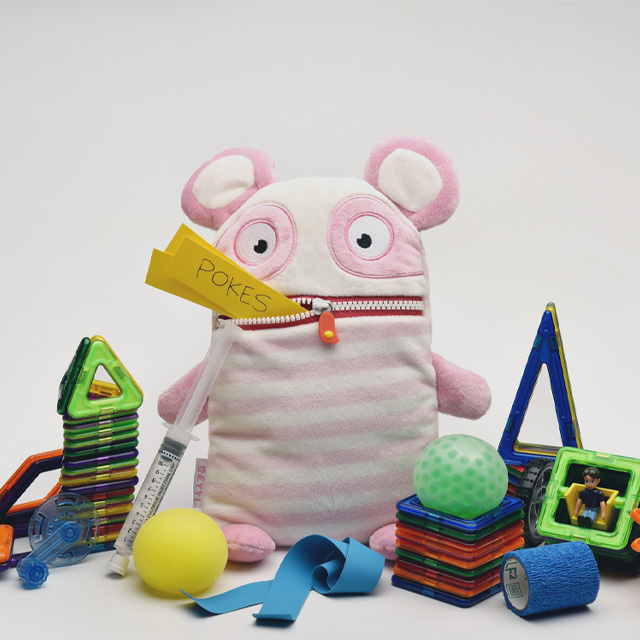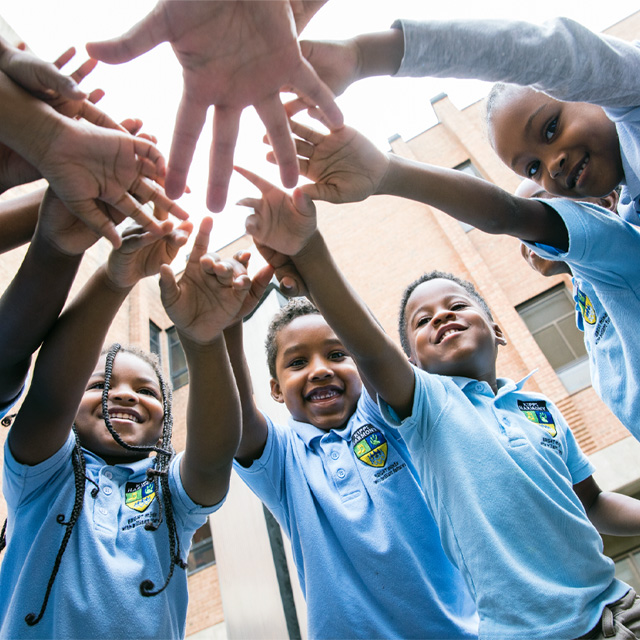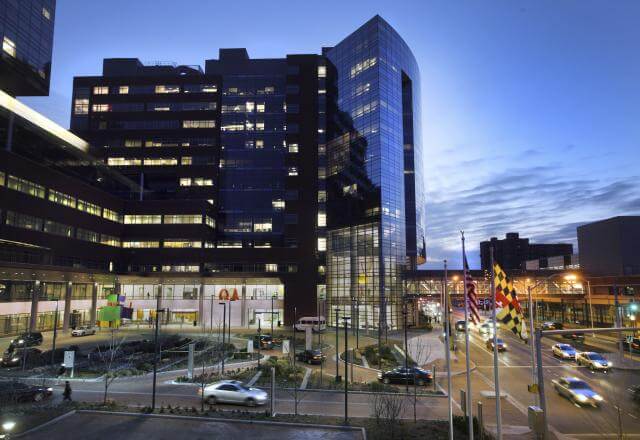Featured Story The Serious Side of Play
By using toys, games and fun to connect with young patients, child life specialists do crucial work in preventing the trauma that can arise with hospitalizations and other medical interventions.
By using toys, games and fun to connect with young patients, child life specialists do crucial work in preventing the trauma that can arise with hospitalizations and other medical interventions.

Established by Children’s Center leaders in 2014, the Rales Health Center has become a much-valued hub for health and wellness for students of the KIPP charter schools in West Baltimore, and their families. When COVID-19 struck, efforts to address inequity took on even more urgency.

Providing health care to members of the Navajo Nation and other Native American communities has proven formative for medical residents who pursue electives with the Indian Health Service as part of their residency training. In the profiles that follow, four young doctors share their experiences.




Our state-of-the-art, 209-bed Charlotte R. Bloomberg Children’s Center building, which opened in 2012, is designed to provide you and your child with the latest advances in family-centered care. Get more details.